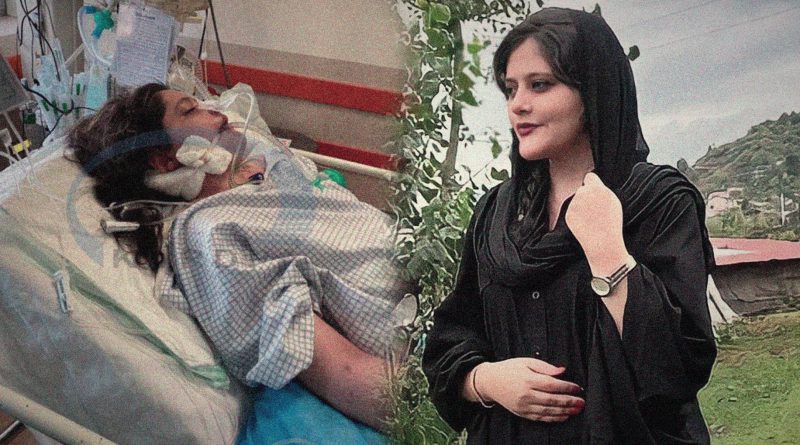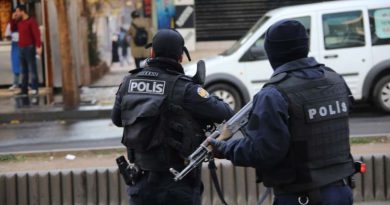Iranian Social Media reacts over the murder of Hijab victim by Morality Police
Tehran – The death of a young Iranian woman on Friday who had suffered a serious head injury while under the custody of Iran’s hijab police further infuriated Iranians, who expressed their anger on social media.
Since Wednesday, when it was discovered that Mahsa Amini had been brought to a hospital from a detention center in northern Tehran only two hours after her arrest and was in a coma, social media posts with the hashtag #MahsaAmini have continued to receive hundreds of likes and retweets. Authorities denied that Amini was harmed while she was being held in jail.
Mahsa Amini, 22, is seen unconscious and with obvious indications of bleeding from her right ear in a photo of her lying on a hospital bed. Her unconsciousness was brought on by head trauma, as demonstrated by the fact that several doctors, including Mahdiar Saeedian, editor of a health magazine, pointed out on social media that Brain strokes do not result in otorrhagia (hemorrhage from the ears).
The young girl, who is originally from Saqqez in the Kurdistan province, was detained by hijab enforcement authorities while riding in her brother’s automobile to visit their family in the capital. Islamic religious police informed her brother that she would be taken to the prison facility for a brief lecture about the Islamic dress code, the hijab, and would be soon freed.
In the midst of an economic catastrophe and hardship for tens of millions of people, Iranian regime, which is now entirely under the authority of radicals, has adopted a harder stance than usual. Hijab enforcement patrols have detained several women on the streets, sometimes brutally, while government and military authorities have warned the populace against breaking the laws.
In recent months, there has been an increase in hijab patrols on the streets, and footage of violent arrests of women and adolescent girls as well as conflicts between bystanders and hijab enforcers are routinely shared online.
Many people on social media have also noted that when George Floyd was killed in the United States as a result of police brutality, Iran’s leader Ali Khamenei labeled it a “brutal” crime that revealed “the actual nature of the authorities of the United States” in a broadcast speech.
“The Islamic Republic never pays the cost of its brutality. Where are those [hardliners] now who lit black candles for George Floyd and made the hashtag ‘I can’t breathe’ trending [in Persian social media]”, one of the tweets that was widely shared asked.
Khamenei has consistently voiced his support for a tight hijab law. He said in a speech in July, that the anti-hijab movement among Iranian women is nothing more than a Western ploy. The speech was delivered ten days after a 28-year-old writer named Sepideh Rashno, a campaigner against the hijab, was detained in Tehran following a run-in with a hijab enforcer on a city bus.
Social media users have also drawn attention to the deaths of other regular citizens and activists while they were in custody, including the doctor and women’s rights activist Zahra Bani-Yaghoub who passed away in prison in 2007 after being detained by the morality police and the Iranian-Canadian environmentalist Kavous Seyed-Emami and blogger Sattar Beheshti in 2012 and 2018 respectively. Despite overwhelming evidence of violence, Iranian authorities blamed all of these fatalities while in jail on strokes without accepting any culpability for them.
“Sattar Beheshti had a ‘stroke’. Haleh Sahabi had a ‘stroke’. Kavous Seyed-Emami had a ‘stroke’. Nobody gets killed by beating in the Islamic Republic,” a very well-liked tweet stated.
A number of Iranian celebrities have tweeted about the young woman’s awful end on social media, including outspoken former national team soccer player Ali Karimi, who has around 10 million Instagram followers. Due to American actress and novelist Leah Remini’s tweet about the incident, Amini’s case and state violence against Iranian women who wear the hijab have received a lot of attention.



